
Perception and reading strategies of scientific papers depends on academic career stage
Activities, Blog, Education, Plant Science Research Weekly, Research, Research Blog, UndergraduatePLOS One. Katharine Hubbard (@KEHplantsci) and Sonja Dunbar (@PlantSciSonja) are enthusiastic proponents of student-centered teaching, including guiding undergraduate students through the reading of scientific papers. In this new work they’ve evaluated how undergraduate students compare to graduate…
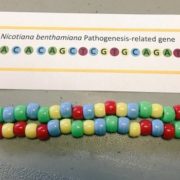
How to make a DNA Bracelet
Activities, Activities, Blog, Education, Education General, MHS Activities, Middle & High School, Undergraduate0 Comments
/
Cross-posted from Kelsey Wood with permission. Kelsey is a PhD student at U.C. Davis.
How to make a DNA bracelet, from any organism and any gene!
I study plant-pathogen interactions, so I chose to make a sequence from a wild tobacco gene that is important for plant defense against pathogens.
What…
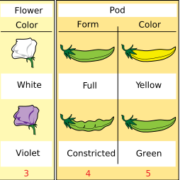
Experiments on Plant Hybrids by Gregor Mendel (new English translation)
Activities, Education, Resources, Undergraduate
Scott Abbott and View ORCID ProfileDaniel J. Fairbanks
Genetics October 1, 2016 vol. 204 no. 2 407-422; https://doi.org/10.1534/genetics.116.195198
Reprinted here under CC-BY permission. Available in PDF form here.
Here, translated into English, GENETICS republishes…

Plant evolution and diversity word search
Activities, Activities, Education, MHS Activities, Middle & High SchoolBotanical terms can seem obscure. Why not help your students master some terminology through a word search puzzle?
Download it here: http://aspb.org/wp-content/uploads/2016/06/Plant-Evolution-SearchaWord.pdf
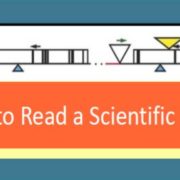
“How to Read a Scientific Paper” and “Case Study: Reading a Plant Physiology article”
Activities, Blog, Education, Education General, MHS Activities, Middle & High School, Resources, ResourcesOne of the most important skills a young scientist needs to learn is how to read (and write) scientific papers. Some students begin to learn this in a high school biology classes, and others as they begin their university coursework. To help instructors teach these critical skills, we created two articles…
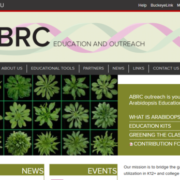
Greening the classroom: Acitivities from ABRC
Activities, Education, MHS Activities, Organizations, OrganizationsThe Arabidopsis Biological Resource Center (ABRC) has developed numerous investigative activities using Arabidopsis. Most of the activities are suitable for high school or college level students. You can order seeds (usually free to educators) and download teaching guides from the Education and Outreach…

Wisconsin Fast Plants
Activities, Education, MHS Activities, Middle & High School, Organizations, Organizations, UndergraduateInstructions for activities using brassica, suitable for students of all ages.
Through activities spanning the life cycle of Wisconsin Fast Plants®, you and your students can explore many aspects of plant growth and development and reproduction. In its 35 – 45 day life cycle, the Wisconsin Fast…
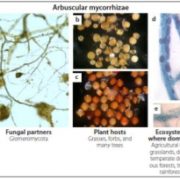
NABT inquiry, Mysterious Mycorrhizae?
Activities, Blog, EducationMysterious Mycorrhizae? A Field Trip & Classroom Experiment To Demystify the Symbioses Formed Between Plants & Fungi.
Published in the American Biology Teacher VOLUME 71, NO. 7, SEPTEMBER 2009 p 424 - 429. NANCY C. JOHNSON, V. BALA CHAUDHARY,
JASON D. HOEKSEMA, JOHN C. MOORE,ANNE PRINGLE, JAMES…
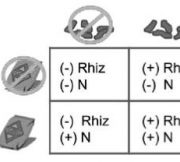
NABT Inquiry, Studying Plant–Rhizobium Mutualism in the Biology Classroom
Activities, Blog, EducationPublished in the American Biology Teacher, 2014 by Tomomi Suwa and Brad Williamson. Guided inquiry into how rhizobia affect soybean growth.
View resource

